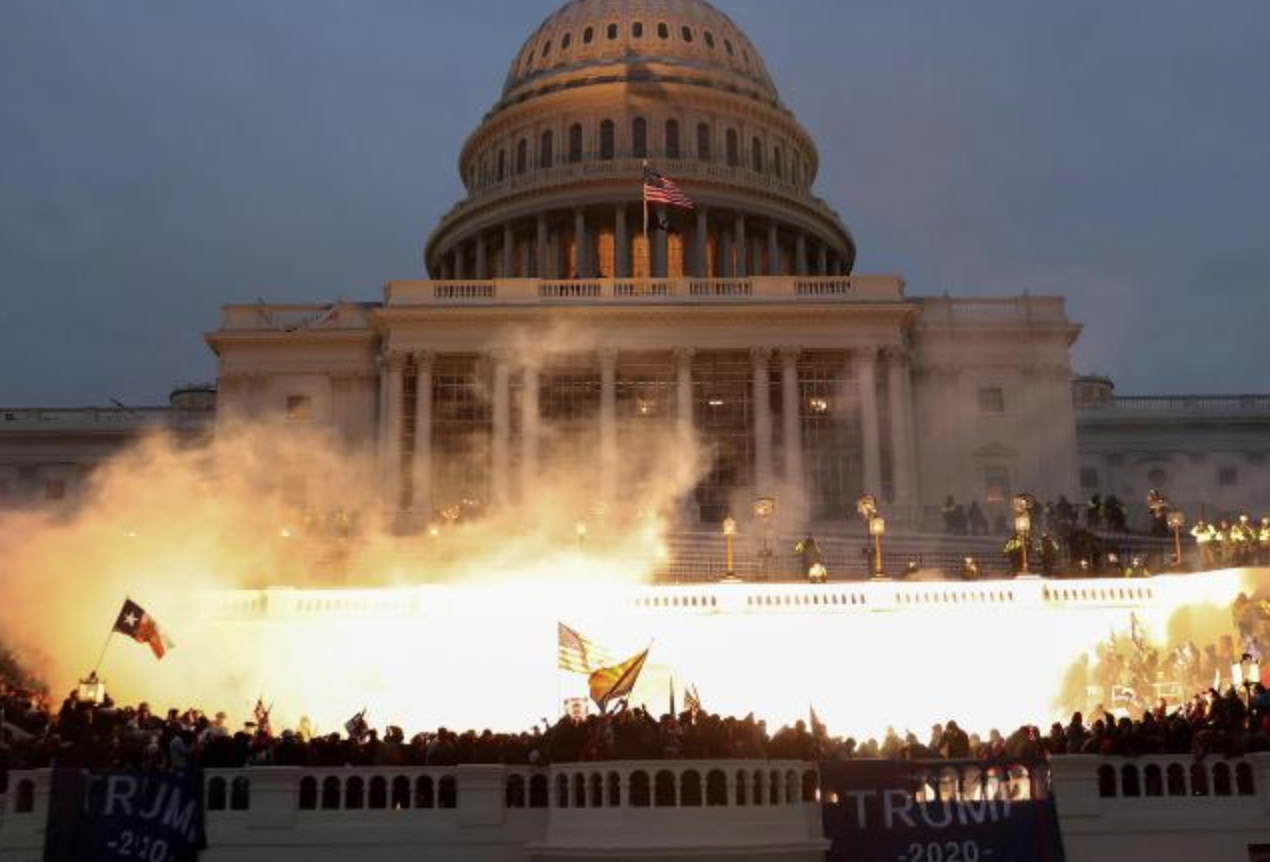The feast day of St. Peter and St. Paul is a significant celebration on the Christian calendar, especially in the ancient churches of the East and West, because it commemorates the lives of two of the most important martyrs and leaders in all of Christian history.
However, this is not a holy day that shows up on the “must cover” list in many newsroom calendars. A quick Google News search for the past few days will demonstrate that reality.
Should that change? The annual feast is observed on June 29 and holds deep religious and historical significance for Christians around the world.
The date commemorates the death of the two saints. They are believed to be buried at the two basilicas that bear their names — St. Peter’s and St. Paul’s Outside the Walls in Rome. Through their tireless efforts and unwavering faith, Peter and Paul left an indelible mark on Christianity, shaping the faith’s foundations and spreading the message of Jesus in the world.
The feast day serves as a reminder of the enduring power of faith and the transformative impact of Christ’s message. It calls believers to emulate the courage and commitment displayed by these apostles. Their lives serve as a testament to the transformative power of encountering Christ and the call to proclaim His message of love and salvation to the world.
In recent years, it has also become — more than once — the hook for major ecumenical events involving Rome and Eastern Orthodoxy.
Here is what journalists and readers need to know about the Feast of Saints Peter and Paul:
St. Peter, also known as Simon, was one of the 12 apostles chosen by Jesus to be one of his closest followers. Catholics consider him the first pope and the founder of the church in Rome. Peter was a humble fisherman when Jesus called him to be a “fisher of men.”










